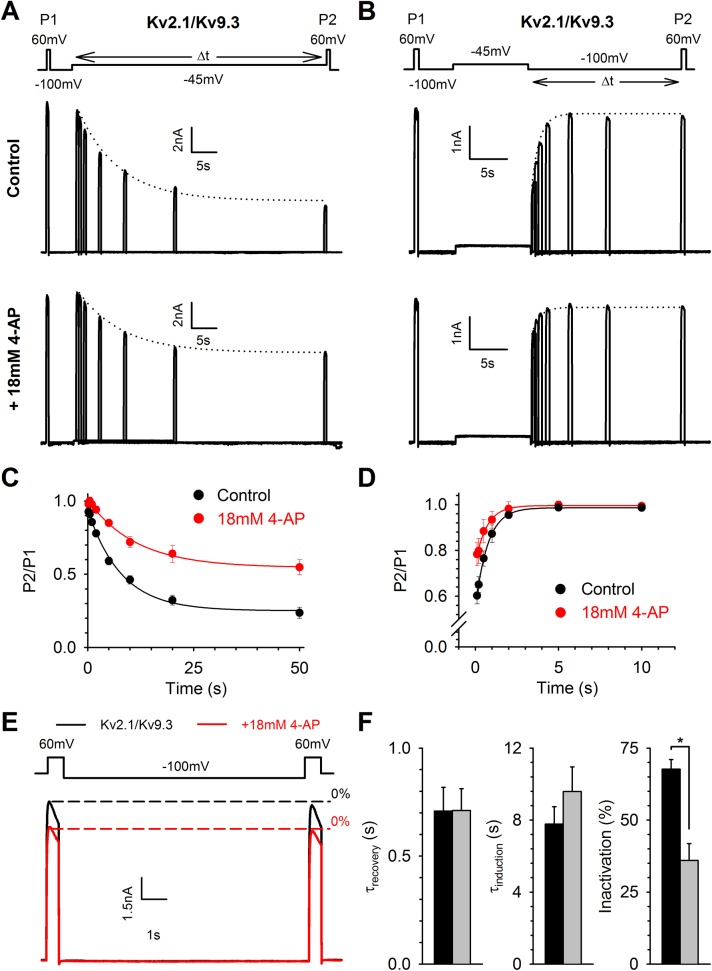Fig 5. 4−AP does not affect closed−state inactivation in Kv2.1/Kv9.3 heterotetramers.
(A−B) Representative current recordings under control (upper) and 4−AP (bottom) conditions elicited by the pulse protocols shown on top. The pulse protocols were used to investigate the induction (A) and recovery (B) of closed−state inactivation. The dotted lines represent the exponential fit to determine these rate constants. (C−D) The normalized plot of induction at −45 mV (C) and recovery at −100 mV (D) of closed−state inactivation was obtained as described in Fig 4. Solid lines represent the exponential fit. 4−AP decreased the total amount of inactivation developing at the V1/2 of inactivation but did not significantly alter the induction and recovery rate of closed−state inactivation. (E) The twin pulse protocol (top), as described in Fig 4, revealed that under control conditions (black trace) no substantial fraction of Kv2.1/Kv9.3 channels is in a closed−inactivated state as the peak amplitude between P1 and P2 is equal. 4−AP inhibited both P1 and P2 to the same extent. Thus, in contrast to Kv2.1/Kv6.4 channels, no closed−inactivated Kv2.1/Kv9.3 channels can be recovered by 4−AP or the −100 mV recovering pulse. (F) Bar chart of the kinetics of closed−state inactivation before and after application of 4−AP: recovery rate (left), induction rate (middle) and degree of inactivation after a 10s pulse to −45 mV (right). * represent statistical significance. Black and grey bars represent control and 18 mM 4−AP, respectively.

